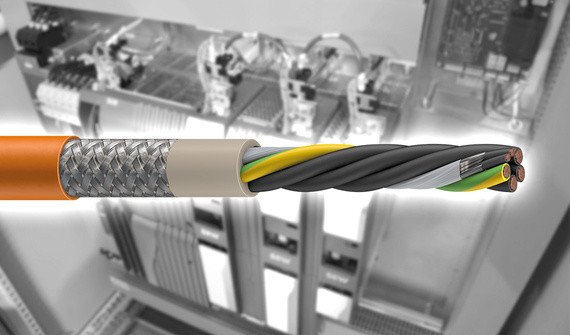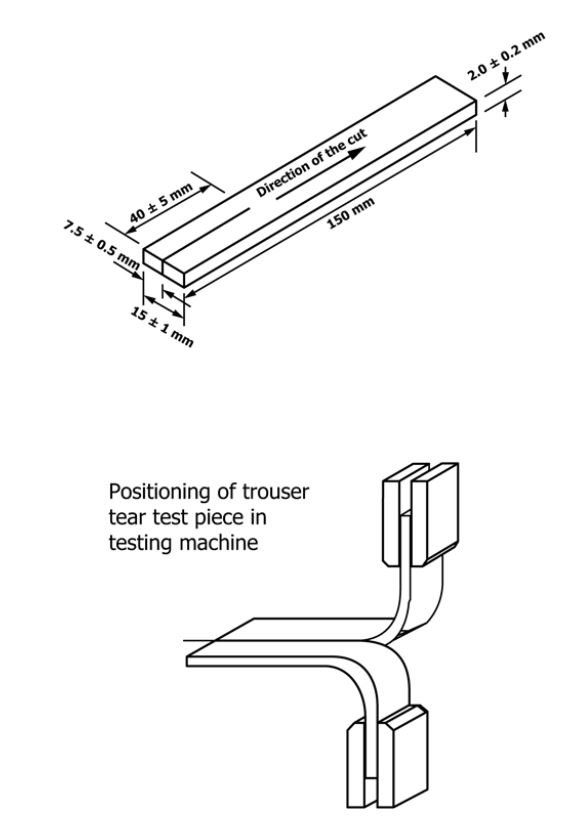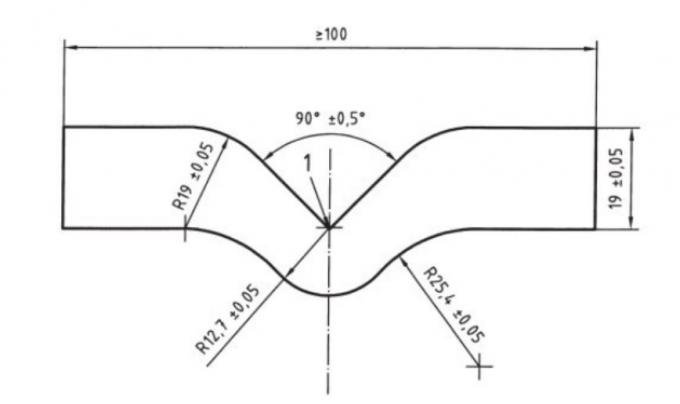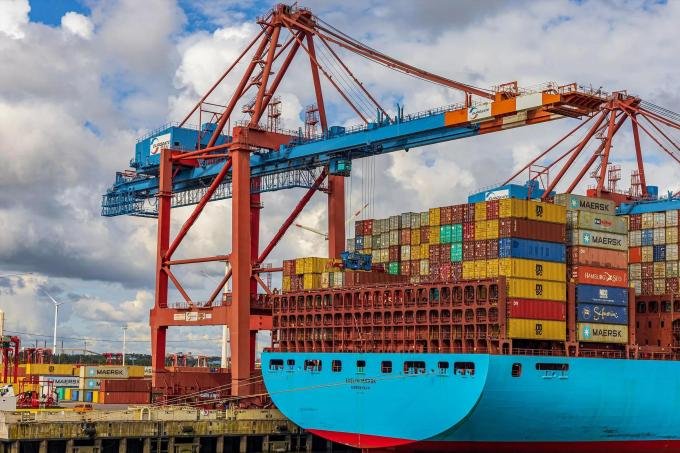

Cable sheaths play a critical role in protecting cables from environmental factors, mechanical damage, and wear. Tear resistance is a crucial property of cable compounds, especially in harsh environments, as it ensures long-term durability and reliability.
The ISO 34-1 standard is the international benchmark for evaluating the tear strength of vulcanized or thermoplastic rubber materials, including cable compounds. This article delves into the ISO 34-1 testing methods, calculations, and their importance in ensuring cable performance.

In industries like mining, power generation, and telecommunications, cables are exposed to physical stresses that can lead to sheathing failures. Tear resistance indicates a material's ability to withstand tearing forces without degrading or compromising the cable's internal components.
Improved tear resistance translates to enhanced durability, fewer maintenance issues, and longer service life for the cables, making it essential in environments where physical impacts, abrasion, and bending are common.
The ISO 34-1 standard outlines methods for determining the tear strength of rubber or thermoplastic elastomer materials. This standard includes three distinct testing methods to accommodate different types of test specimens and scenarios.
Here’s a breakdown of the three methods used in ISO 34-1:
| Method | Description | Test Piece |
|---|---|---|
| Method A | Trouser Test | Uses a trouser-shaped test piece. |
| Method B | Angle Test | Uses an angle-shaped test piece, with or without a notch. |
| Method C | Crescent Test | Uses a crescent-shaped test piece with a specified notch. |
Each method applies a specific shape and setup to evaluate how the cable compound resists tearing forces. Let’s explore each method in detail.

Method A, or the trouser test, is particularly useful for materials with moderate tear strength. This test involves a trouser-shaped test piece with two “legs” that are pulled apart during testing. The force required to propagate a tear down the material is recorded.
Sample Preparation: The test piece is cut in a trouser shape, usually with precise measurements of 150 mm in length and 15 mm in width for each leg (as shown in the diagram above).
Testing Process: The testing machine applies a pulling force, measuring the force needed to extend the tear along the sample.
Advantages: The trouser test gives a clear and consistent measure of tear resistance, especially for softer elastomeric materials.
The tear strength () is calculated using the formula:
is the maximum force applied in Newtons (N).
is the median thickness of the sample in millimeters (mm).
Method B involves an angle test piece, which can be used with or without a pre-made notch.
This test is suitable for materials with higher tear resistance, as it focuses the force on a single point, leading to an efficient and direct tear.
Sample Preparation: The test piece is cut at an angle, generally around 90°, and may include a small notch to initiate the tear.
Testing Process: Force is applied to separate the two legs of the angle, starting from the point where the notch or the angle concentrates the force.
Flexibility: This method allows testing with or without a notch, providing flexibility for different materials and applications.
The formula for tear strength remains the same:
where is the force to initiate the tear and is the sample thickness.
Method C uses a crescent-shaped test piece with a specific notch depth to focus the tearing force on one spot, providing a reliable tear propagation test for tougher materials. This test is ideal for compounds that require a higher threshold of tear resistance.
Sample Preparation: The crescent shape is cut with a notch in the middle to initiate a tear, usually with strict dimensions.
Testing Process: Force is applied, and the notch enables an easy initiation point for the tear.
Applications: Method C is often used for stiffer materials where tear propagation can be slower and requires precise force measurement.
Again, the formula is:
This calculation allows easy comparison of tear strengths across different material samples tested with this method.

Here is a comparative data table for typical materials used in cable sheathing, tested under the three methods:
| Material | Method A (N/mm) | Method B (N/mm) | Method C (N/mm) |
|---|---|---|---|
| Chlorinated Polyethylene (CPE) | 10.5 | 13.2 | 12.8 |
| Polyurethane (PUR) | 15.3 | 18.6 | 17.2 |
| Thermoplastic Elastomer (TPE) | 9.8 | 12.5 | 11.9 |
This table illustrates that PUR generally exhibits higher tear strength across all methods, making it ideal for high-stress applications.
CPE and TPE also show strong performance, but the differences highlight how each material responds under different tearing forces and methods.
The choice of testing method (A, B, or C) should depend on the specific application and expected stress levels for the cable sheath. Here’s a quick guide:
| Testing Requirement | Recommended Method |
|---|---|
| General-purpose sheaths | Method A |
| High tear resistance required | Method B or C |
| Thicker sheaths or harder compounds | Method C |
For manufacturers, ISO 34-1 provides a standardized way to ensure that cable sheaths meet durability requirements before deployment. By testing to ISO 34-1:
Improved Product Reliability: Ensures that the cable can endure environmental stresses.
Reduced Maintenance Costs: Higher tear resistance means fewer repairs and replacements.
Optimized Material Selection: Manufacturers can select materials like CPE, PUR, or TPE based on specific tear resistance requirements.
In summary, ISO 34-1 tear resistance testing is essential for verifying the durability of cable compounds. By choosing the right method (A, B, or C), manufacturers can tailor the testing to the specific needs of their materials and applications. This process helps ensure that cables used in industrial and heavy-duty environments are built to last and can withstand the challenges of demanding conditions.
Understanding the differences between Method A (Trouser Test), Method B (Angle Test), and Method C (Crescent Test) empowers manufacturers and engineers to make informed decisions about material properties, further improving cable longevity and performance in the field.
By implementing ISO 34-1 testing standards, companies can provide reliable, high-quality cables that enhance operational efficiency, reduce downtime, and meet rigorous industry requirements. This is why ISO 34-1 testing plays such a critical role in cable manufacturing and quality assurance.